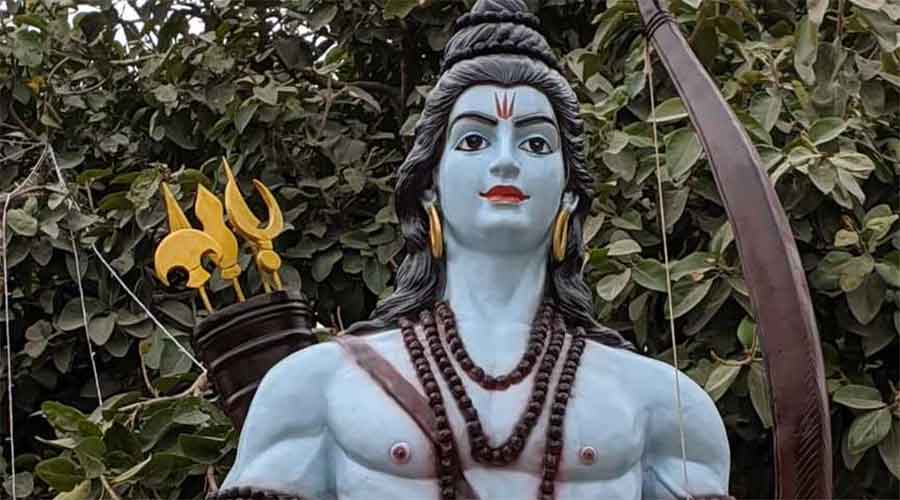Did he or did he not? Get a bridge made, that is, from the mainland to Sri Lanka. Science has been employed to decide whether the underwater series of limestone shoals and coral reefs separating the Gulf of Mannar from Palk Strait represent the remains of the bridge that Rama built. The inquiry received special impetus under the Narendra Modi government with the saffron brotherhood probably hoping that there would be further proof of the historical existence of Rama if archaeologists, geologists and oceanographers pulled a man-made structure matching the dates of the Ramayana out of their collective hat. After all, archaeologists had found traces of a Hindu structure under the ruins of the Babri Masjid. Disappointingly, Jitendra Singh of the Bharatiya Janata Party said in the Rajya Sabha in reply to a question about research into India’s glorious past that it was difficult to identify the exact structure beyond limestone shoals and reefs, although these were continuous. There are, apparently, ‘indications’, ‘direct or indirect’, that some structure was once there. Mr Singh’s vagueness did him credit. Less blunt than the government conceding in Parliament that there was no evidence of ‘love jihad’ while BJP-ruled states frothed over it.
The project to change mythology into history by employing scientific organisations such as the Archaeological Survey of India is not just a misapplication of scientific techniques — it distorts the ends of science — but also a waste of resources badly needed by science students. The Ram Setu affair is not alone; there are, among others, the search for the Saraswati river, research into the underwater city of Dwarka, investigations into mythological sites along the coasts of Maharashtra and Odisha, tricks to get the sun to shine directly on the image of Rama in Ayodhya. Digging up India’s past with the single-minded agenda of proving that Hinduism is the world’s oldest religion sabotages all modern advances in history and science relating to India. This assault on knowledge is replicated in textbooks through canny additions and deletions. Today’s education must take into account India’s wealth of knowledge systems that once formed cultural and spiritual links between the north and the south, as the Kashi-Tamil Sangamam, for example, is intended to show. A bridge like the Ram Setu, perhaps. Nothing political about it, of course.











